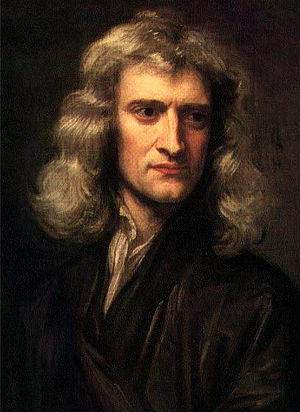It is a fact that the early development of FreeMasonry in Britain was linked to the House of Stuart. It emerged from the traditional grading of medieval stonemasons by degrees of proficiency. This symbolic concept of ritualised Masonry evolved during the reign of Charles I. The earliest trace of free or speculative Masonic Lodges dates from around 1640. The Order was mainly involved with the structural acquisition of knowledge in unexplained science, much of which had been preserved in Scotland since the time of the Templars and Cistercian monks.
In Stuart England, the Masons at the time of Charles I and Charles II were students of philosophy, astronomy, physics, architecture, chemistry, and other advanced learning. Many were also members of the Royal Society known also as Invisible College when it was forced underground at the time of Cromwell. The Society was created under Charles I in 1645 and received its Royal Charter by Charles II in 1662 after the Restoration. Robert Boyle, Isaac Newton, Robert Hooke, Christopher Wren, and Samuel Pepys were early members. To accomplish what they did the members of the Royal Society, as the Templars before, must have had access to very special knowledge. Most of them, in addition to their important knowledge in their fields of competence, were also interested in alchemy and in the study of old religious history. Newton was at the same time president of the Royal Society and Grand Master of the Prieuré de Sion.
Christopher Wren was Grand master of the Rosicrucians as had Robert Boyle and Sir Francis Bacon before him. Benjamin Franklin and Thomas Jefferson, the third President of the USA, have also been Grand Master in their time. All of them were very interested in Hermetic Alchemy and the Sacred Craft. They were known as scientists, but the discoveries they claim were not always their own; they owned a lot to the study of ancient research. As an example, it is known that the Law of Gravity associated with Newton’s name has its true source in Pythagoras’ writings. (4)
After Cromwell’s death, Royalty was restored in England with Charles II. In 1662 king Charles II granted a Royal warrant to the “invisible college” that became known from that time as the Royal Society. It was the first assembly of scientists and engineers in the world dedicated to understanding the wonders created by the “Great Architect of the Universe“. This assembly is credited as having been part in the creation of an age of enlightenment, and in the foundations of the industrial society of the nineteenth and twentieth centuries. It is believed that the Royal Society is basically Masonic and Bacon’s child and, more precisely, that it results from the ideas released during the definition of the Second degree of FreeMasonry. From the beginning the members were expected to attend weekly meeting (with the absent fined) to discuss scientific subjects, at the exclusion of politic and religion like it is the case now in the Masonic lodges. Most early members and founders were Masons.
Soon the Royal Society became well known and all the great men of the time wanted to join. This included Sir Isaac Newton (pictured), who became its president later on. (8)



Be First to Comment